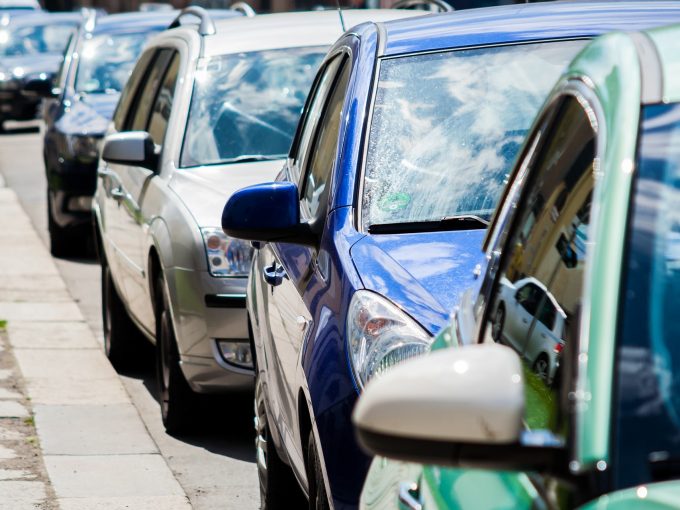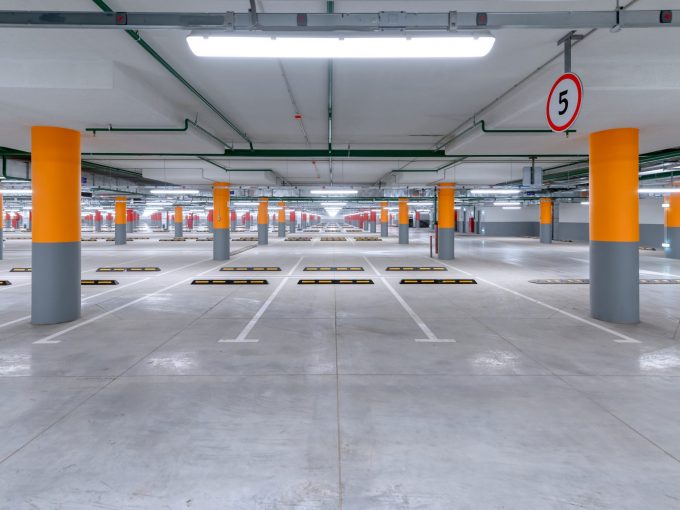Car parking - we all use it and expect it everywhere, but the hidden cost it has on our cities is huge.
f driving a car is your main form of transport, you likely find ubiquitous free parking spots to be quite useful.
However, the price we and our urban areas really pay for this status quo is large. Parking takes up enormous amount of space, with car-dependent cities like Los Angeles having 15 per cent of their total land area taken up by this one use. This space affects the design and use of roads, transport networks, housing, utility layouts, and urban form.
What determines how much parking there is in urban areas? In the paper The elephant in the scheme: Planning for and around car parking in Melbourne, 1929-2016, lead author Dr Elizabeth Taylor notes that a significant determinant of the extent of car parking space is the planning system.
“Minimum parking requirements are the culprit, which mandate that certain numbers of off-street car spaces are included in all new construction”, Dr Taylor says.
Reducing or removing off-street requirements, with closer attention to on-street parking policies, are solutions Melbourne’s local governments should look at.
As car use skyrocketed in the early 20th century, planning policies in Melbourne focused on making room for as many cars as possible.
Minimum parking requirements were created in the 1950s to cater to the surge of cars and to reshape the city for them, thus ingraining a mentality in transport planning of ‘predict and provide’.
Like many other cities, these policies around car parking have become commonplace in Melbourne but “largely unnoticed” by the public or urban planners.
The tide may have begun to turn in recent years with the state government’s renewed focus on increasing connectivity and liveability in cities, with minimum parking requirements increasingly seen as an obstacle to that.
“Australian cities combine minimum off-street parking requirements, with free or very low priced on-street parking. The only exceptions are the immediate CBDs of major cities.
“Cities like London, Tokyo, Hong Kong and Singapore have extremely low or no minimum parking standards,” noted Dr. Taylor, showing that it is possible for major cities to make do without them if on-street polices and private markets for parking are aligned.
Entrenched policy approaches to car parking will become more contentious as competition for space increases.
Also, new technology – car sharing, and autonomous vehicles – will continue to unsettle policies and expectations.
For any supposed benefits of enacting parking minimums, recent studies show that “‘predicting and providing’ enough car parking for future use is not possible”, so long as we expect this huge amount of space for drivers to be free.
A better goal for Melbourne instead would be to rethink the reflexive policy of mandating private parking spaces with any new developments that get built.
Story: Jack Hopkins





